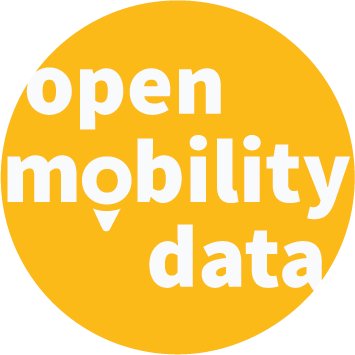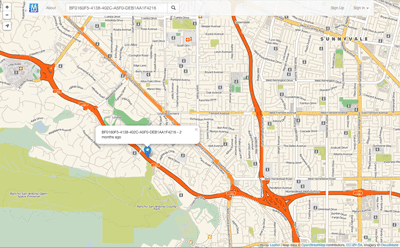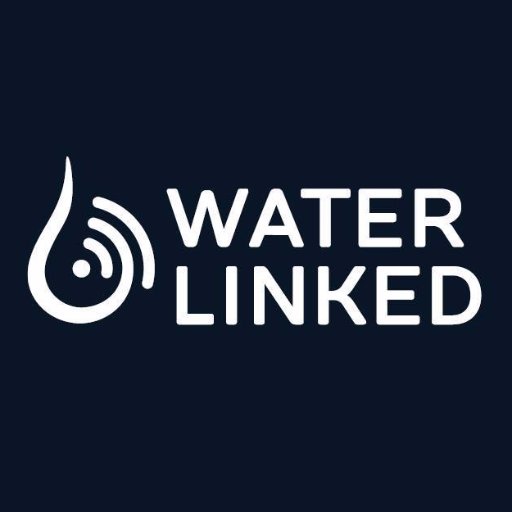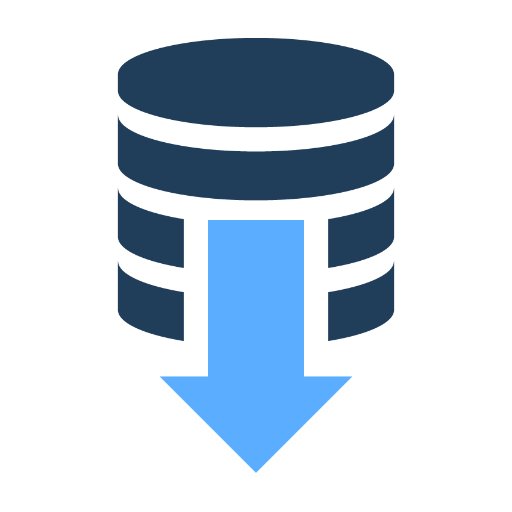Mock sample for your project: TransitFeeds API
Integrate with "TransitFeeds API" from transitfeeds.com in no time with Mockoon's ready to use mock sample

TransitFeeds API
Version: 1.0.0
Integrate third-party APIs faster by using "TransitFeeds API" ready-to-use mock sample. Mocking this API will allow you to start working in no time. No more accounts to create, API keys to provision, accesses to configure, unplanned downtime, just work.
Improve your integration tests by mocking third-party APIs and cover more edge cases: slow response time, random failures, etc.
Description
API to view feed information and download feeds from TransitFeeds.com
Other APIs in the same category

IP geolocation API
Abstract IP geolocation API allows developers to retrieve the region, country and city behind any IP worldwide. The API covers the geolocation of IPv4 and IPv6 addresses in 180+ countries worldwide. Extra information can be retrieved like the currency, flag or language associated to an IP.

Weatherbit.io - Swagger UI Weather API documentation
weatherbit.io
This is the documentation for the Weatherbit Weather API. The base URL for the API is http://api.weatherbit.io/v2.0/ or https://api.weatherbit.io/v2.0/. Below is the Swagger UI documentation for the API. All API requests require the key parameter. An Example for a 5 day forecast for London, UK would be http://api.weatherbit.io/v2.0/forecast/3hourly?city=London&country=UK. See our Weather API description page for additional documentation.
Flight Offers Search
amadeus.com
Before using this API, we recommend you read our Authorization Guide for more information on how to generate an access token.
Please also be aware that our test environment is based on a subset of the production, if you are not returning any results try with big cities/airports like LON (London) or NYC (New-York).
Please also be aware that our test environment is based on a subset of the production, if you are not returning any results try with big cities/airports like LON (London) or NYC (New-York).

TransitFeeds API
API to view feed information and download feeds from TransitFeeds.com

Miataru
The Miataru API is very simple and straight forward. Generally you're posting (HTTP POST) a JSON formatted request to a service method locations and you get back a JSON formatted answer. Please take into consideration that this has the request-for-comment status and that it can change while there's work done on client and server applications. Versioning therefore is done by prepending the version number - /v1/ for version 1 - to the method call.

LotaData
lotadata.com
Access the most exhaustive, accurate and up-to-date collection of global and hyper-local geocoded events and activities across a wide range of categories and genres

The Water Linked Underwater GPS API
waterlinked.com
API for the Water Linked Underwater GPS. For more details: http://www.waterlinked.com
Recommended approach for connecting to a Underwater GPS via the API is:
If "GET /api/" times out, the Underwater GPS is not running (on this IP address)
If "GET /api/" responds with 200 OK check that the api version returrned (eg "v1") is supported by the client (eg: also supports "v1").
If the api version returned does not match what the client supports: give an error to the user and recommend upgrading. (Eg: response is "v2" while client only supports "v1")
If "GET /api/" responds with 301 Moved permanently. "GET /api/v1/version" to check if the kit has a version earlier than 1.5.
"GET /api/v1/version" will always respond with 200 OK on Underwater GPS earlier than 1.5 release.
Configuration API is is not considered stable and will potentially be changed
Recommended approach for connecting to a Underwater GPS via the API is:
If "GET /api/" times out, the Underwater GPS is not running (on this IP address)
If "GET /api/" responds with 200 OK check that the api version returrned (eg "v1") is supported by the client (eg: also supports "v1").
If the api version returned does not match what the client supports: give an error to the user and recommend upgrading. (Eg: response is "v2" while client only supports "v1")
If "GET /api/" responds with 301 Moved permanently. "GET /api/v1/version" to check if the kit has a version earlier than 1.5.
"GET /api/v1/version" will always respond with 200 OK on Underwater GPS earlier than 1.5 release.
Configuration API is is not considered stable and will potentially be changed

Daymet Single Pixel Extraction Tool API
ornl.gov
Welcome to the Daymet Single Pixel Extraction Tool API. You can use this API to download daily surface data within the Daymet database in a csv or json format for a single point. This API allows users to query a single geographic point by latitude and longitude in decimal degrees. A routine is executed that translates the (lon, lat) coordinates into projected Daymet (x,y) Lambert Conformal Coordinates. These coordinates are used to access the Daymet database of daily interpolated surface weather variables. Daily data from the nearest 1 km x 1 km Daymet grid cell are extracted from the database.
If you would like to learn how to automate the download of multiple locations for the Daymet Single Pixel Extraction Tool, click here.
If you would like to learn how to automate the download of multiple locations for the Daymet Single Pixel Extraction Tool, click here.

bng2latlong
Convert an OSGB36 easting and northing (British National Grid) to WGS84 latitude and longitude.
Furkot Trips
Furkot provides Rest API to access user trip data.
Using Furkot API an application can list user trips and display stops for a specific trip.
Furkot API uses OAuth2 protocol to authorize applications to access data on behalf of users.
Using Furkot API an application can list user trips and display stops for a specific trip.
Furkot API uses OAuth2 protocol to authorize applications to access data on behalf of users.
Mtaa API Documentation
Mtaa A simple REST API to access Tanzania's location information,With mtaa API you can easily query and integrate all the location in tanzania from region level to streets from your programming language of your your choice
